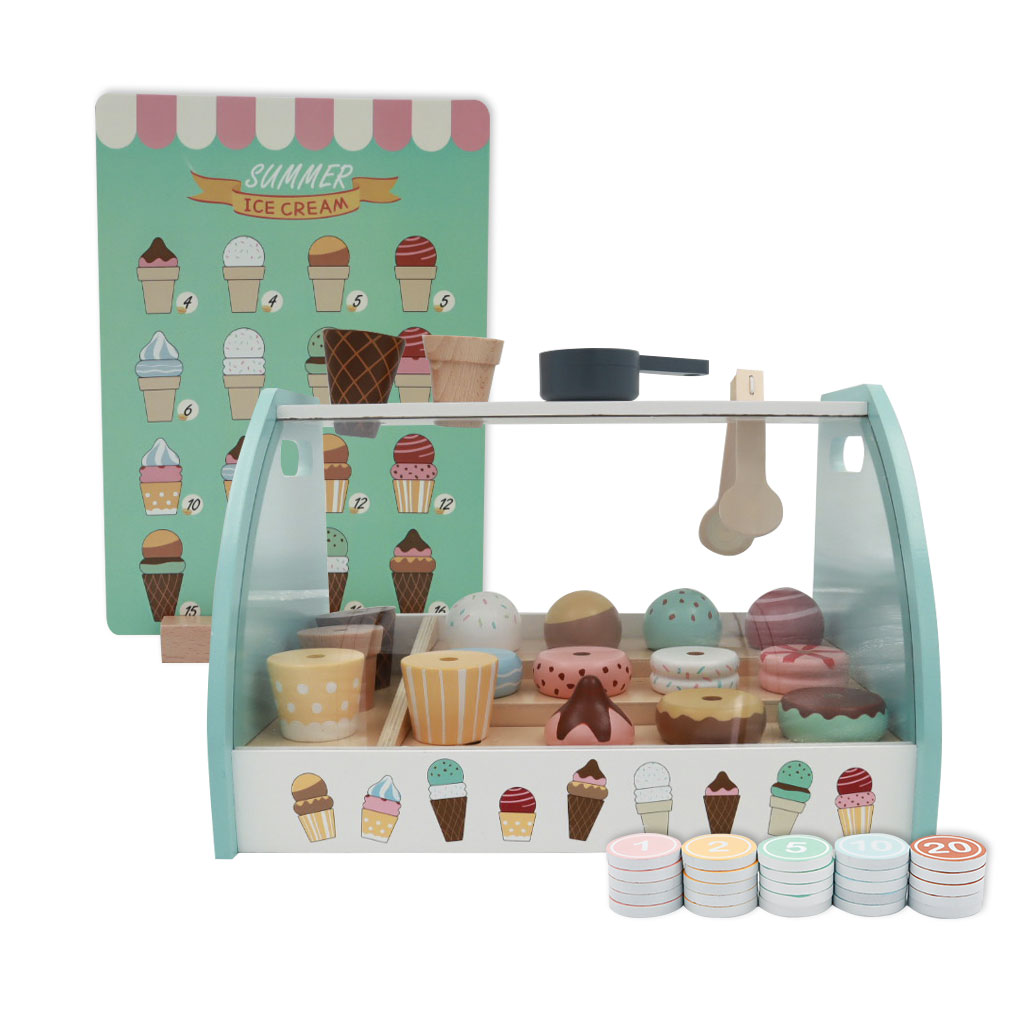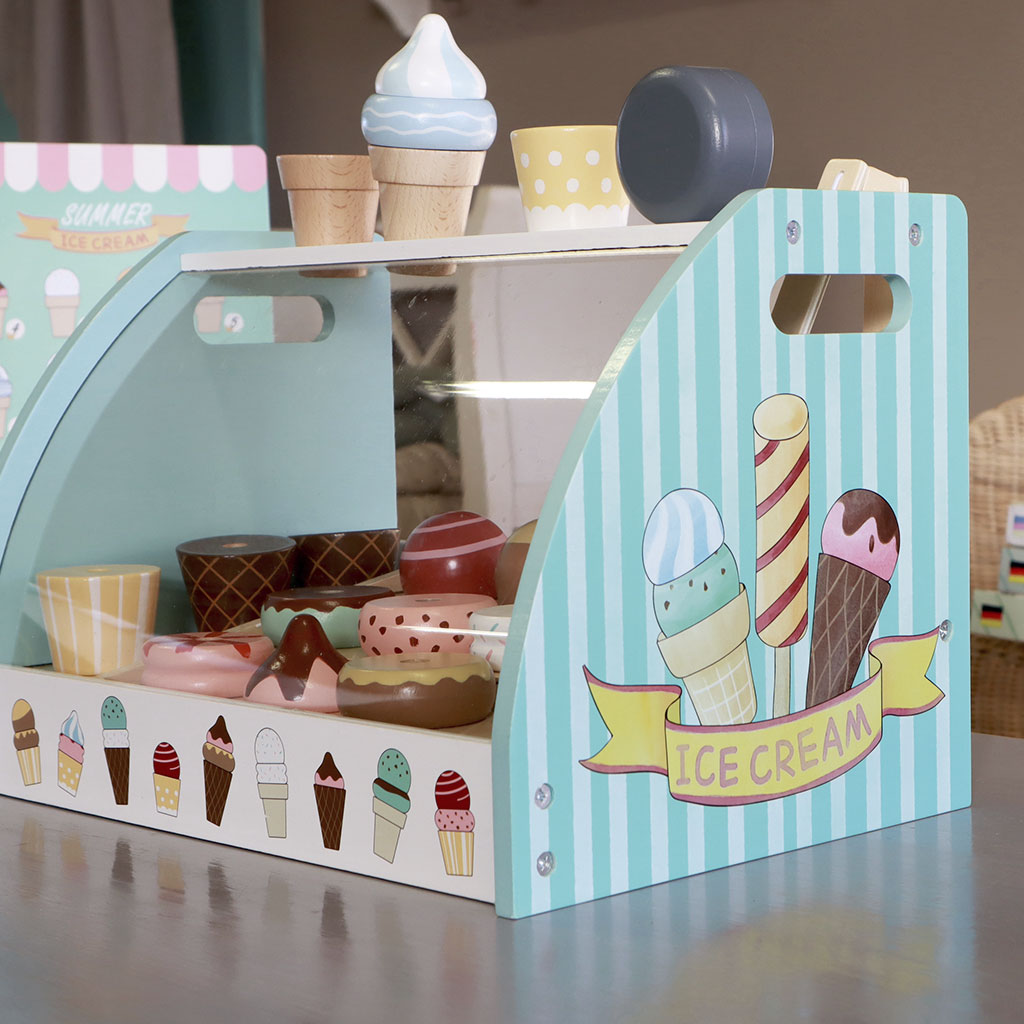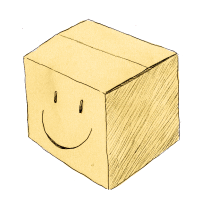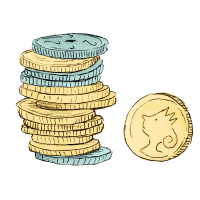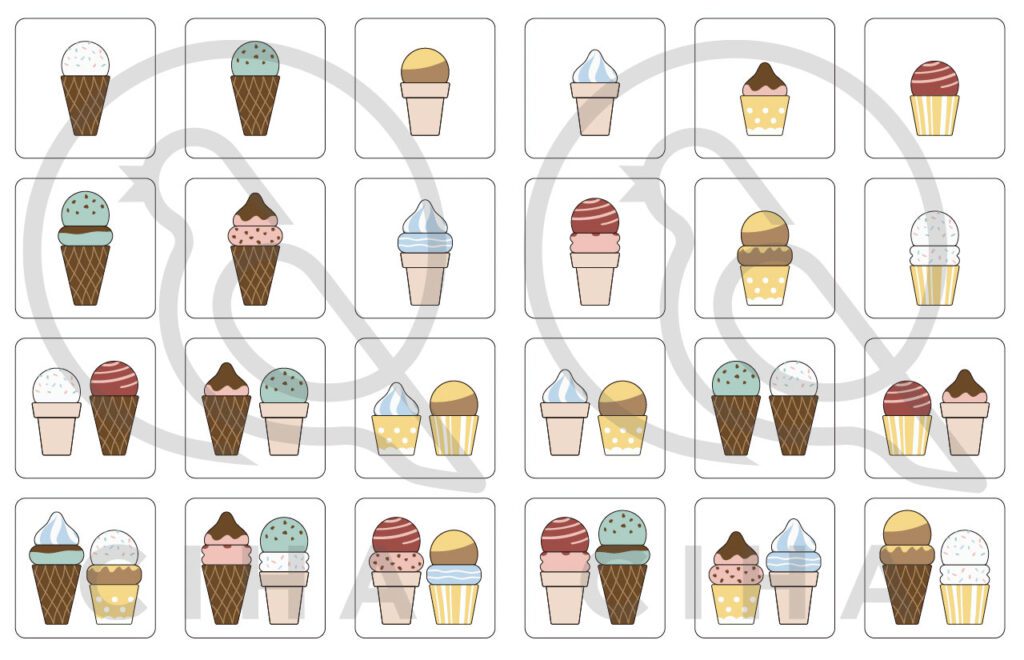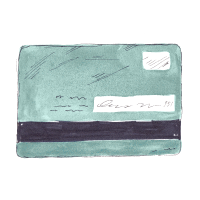Description
An ice cream shop with math!
As with all Ciha items, we focus on combining play and learning in toys that motivate and interest the children. We are proud to present our mathematical ice cream shop.
The idea behind the ice cream shop is that, in addition to the obvious fun and games, it also encourages dialogue and learning for both the kindergarten child and the school-age child, thereby extending the toy’s “lifetime” in relation to age. Here, the child gets an early knowledge of numbers, quantities, number series and simple (and difficult) multiplication calculations.
Cards – Find the right price:
These cards are available in several levels of difficulty and can be played individually or with a partner. Build the ice cream(s) on the card and find the right price. There are three options on the right-hand side and you can put a clothespin on the answer you think is correct. If you are really good, you might be able to come up with other coin combinations that give the same end result.
On the most difficult cards, you have to add the prices of the ice creams together and the child must therefore know plus pieces. Here, the accompanying number board is a good old school “calculator”.
Card – Combinatorics:
24 cards in 4 levels of difficulty – 6 of each variant. Listed below in order of difficulty, with 1 being the easiest cards:
Draw a card – build the ice cream which consists of a waffle and a top.
Draw a card – build the ice cream which consists of a waffle, a middle part and a top.
Draw a card – build two waffles, each consisting of a waffle and a top.
Draw a card – build two waffles, each consisting of a waffle, middle part and top. All cards are pictured here by difficulty:
Auditory memory / working memory with combinatorial cards:
The same cards can also be used in a memory game that strengthens the child’s auditory memory. This means that the child can remember a sentence with several instructions without dividing the sentence. For example, “I want an ice cream with chocolate waffle, chocolate-mint middle and fairground top”. If the child needs repetition, you say the whole sentence again.
Auditory memory can also be called working memory, which is super important to be able to master for a school child who receives many auditory instructions on a daily basis.
This can be practiced in many ways on a daily basis – also with the ice cream shop:
Draw a card and explain to your partner what the ice cream(s) looks like WITHOUT him/her seeing the card.
The partner builds the ice(s) and compares with the map. Then the roles are switched.
If you suspect that your child has poor working memory, there are simple things you can do. Routines, routines routines. It is about getting information into the long-term memory, and this can be done, among other things, by creating routines – with the smaller children, pictograms can be a great help and also remind parents to stick to the routines. Morning routines, evening routines and cuddle routines. When working memory is not overloaded, the information sticks better. See our pictogram pack with 112 cards for everyday use.
You can also help your child learn basic things by heart. It can be tables that you can look at with the accompanying number board. It can also be rhymes, strips and songs.
